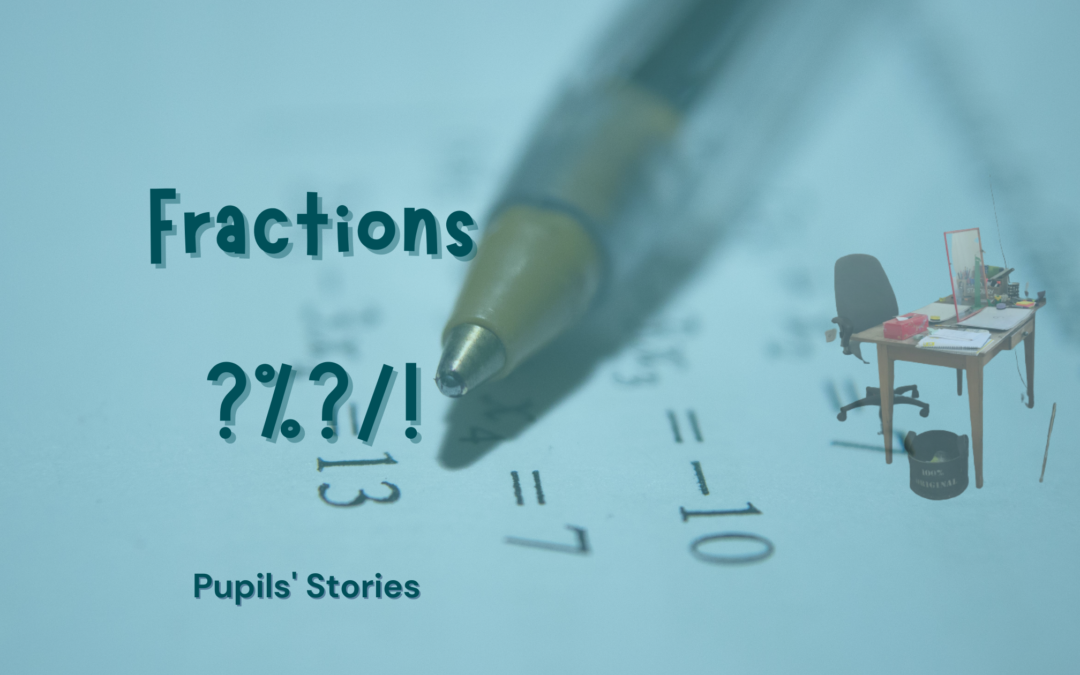Children have their own language and their own understanding. I am happy that I was a child, before being a teacher who needed to explain to pupils. I suppose I did not have much choice over that! I can still remember while learning, puzzling over sentences, words, and concepts and could not always understand what I was supposed to do. Often, I would sort of do and get it right but without real comprehension of the subject matter – more of a guessing game for me.
So, I learnt to listen; listen to the body language of my teachers and my fellow classmates. Finding words they said that made sense while listening to new concepts that were being communicated in the different subjects. Today, when teaching, and seeing that recognizable, puzzled look on pupils face, I say to myself “you didn’t explain yourself clearly”, and try and find a different way to teach what needs to be learnt.
Do we, as teachers, always explain to pupils the way they want to hear?
Lessons with G are always exciting and full of motivation.
“I really didn’t understand the way to do division of fractions. And after a while, I just left the classroom because I felt so stupid!” he said.
“Firstly, let me show you the “recipe”, the “how-to”. I answered. “How it is done technically. Then I will explain what it really means, after which we will go to a higher level.”
The technical part was easy. The deeper understanding more difficult.
“I cannot understand that if I take a half and divide it into quarters, the answer will be a whole number – and if I take a quarter and divide it in half, the answer is a fraction? ” he asked.
By asking a question, means that there is motivation to understand and not run away. We spent some time on this and then his body sat up straight – “I got it!” he said with a smiling face.
The next part was how to make it more efficient and make the numerator and denominator smaller by dividing them by the same number. Let’s say that to simplify 4/16 we could divide each of the numbers by 4 and reach 1/4 which was easy for him.
Some exercises were correct and others not. All of a sudden it clicked with me what was going on. “You don’t always have to divide with the top number, if both numbers are even as in 4/18, you can divide by two, so 4/18 turns to 2/9″
“Do you mean that I can bring a friend from outside the page? And divide it by that?”
Eureka! Of course. Now every time we get stuck on one of these, I just have to say “why not ask a friend to come?”
It was his words, his understanding, and we now have lots of friends to bring into our lessons. What could be more fun?
Very often we have to change our language and find the words that speak to the heart of the pupil. The best way to do it, I find, is to listen to the pupil themselves- they have the answers and the language that their brain can understand.

